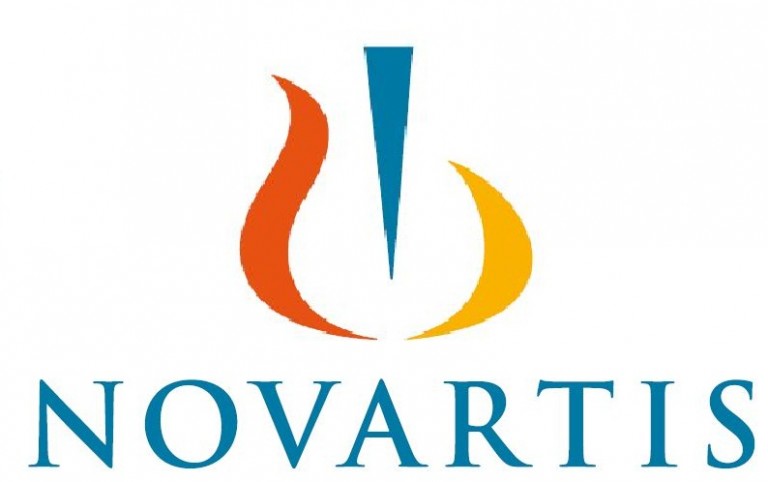
A fresh analysis of Novartis AG (ADR) (NYSE:NVS) drug Entresto has shown that it can significantly reduce heart failure deaths. But that benefit is contingent on the drug being used optimally on eligible patients.
The new analysis was published in JAMA Cardiology. The findings included that timely and broader adoption of Entresto could prevent or postpone over 28,000 deaths every year among heart failure with reduced ejection fraction (HRrEF) patients in the U.S. alone. The latest analysis is the first to quantify the potential impact of Entresto treatment in reducing heart failure deaths.
Novartis’ Entresto is a twice-daily drug that is designed to reduce the strain on a heart that is already failing. The drug achieves its goal of reducing the burden on the heart by improving the heart’s protective neurohormonal systems. Entresto is also capable of suppressing harmful effects of overactive renin–angiotensin–aldosterone system (RAAS).
Heart failure statistics
It is estimated that heart failure causes more than 300,000 deaths in the U.S. each year. About 50% of heart failure patients also involve HFrEF. According to the new analysis, Entresto could help prevent or postpone tens of thousands of heart failure deaths in the U.S annually if used optimally.
Impact of below optimal usage
But the analysis of the impact of Entresto on HFrEF patients also found that delaying or reducing the use of drugs on eligible patients could result in a significantly negative effect on patients. For example, the analysis found that failing to use Entresto optimally in qualified patients could result in tens of thousands of deaths that could otherwise be prevented by the drug.
It is estimated that Entresto could be suitable for about 2.2 million HFrEF heart failure patients.
Entresto is approved in both the U.S. and Europe and the latest findings could help increase demand for the drug as a treatment for heart failure in eligible patients.




